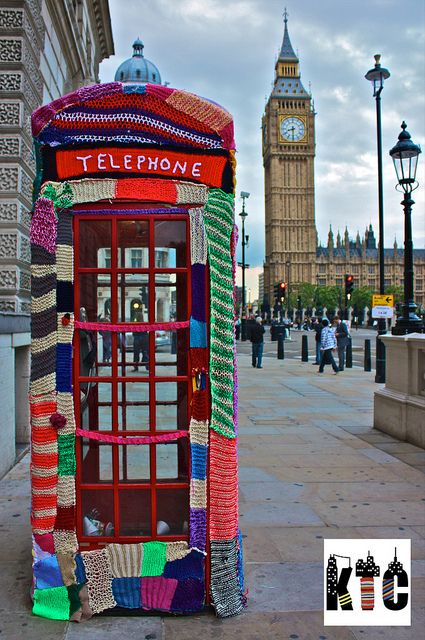The Miriam and Ira D. Wallach Division of Art, Prints and Photographs: Photography Collection, The New York Public Library. "4A. Toquerville is a town with: No bank, No movie house, No garage, No motel, No café. There is a post office and two small grocery stores. There is no neon sign" New York Public Library Digital Collections. Accessed February 25, 2018. http://digitalcollections.nypl.org/items/510d47e3-d85d-a3d9-e040-e00a18064a99
The Fictitious Life of Elizabeth Black | a notebook.
Sunday, February 25, 2018
Toquerville
4A. Toquerville is a town with: No bank, No movie house, No garage, No motel, No café. There is a post office and two small grocery stores. There is no neon sign.
Tuesday, February 20, 2018
Love & Friendship: Lady Susan
I have enjoyed putting together this post and it makes me want to watch it again and maybe reconsider my opinion.
Some commentary from articles because I am too lazy to form my thoughts into prescient prose:
Unserious Austen - Adam Thirlwell - New York Review of Books
Jane Austen’s Lady Susan (written around 1794, when she was eighteen) is an epistolary novel, and a balletic farce of sex and money. Its plot centers on the recently widowed Lady Susan Vernon, “the most accomplished Coquette in England,” and her attempts to marry her daughter Frederica to Sir James Martin, a wealthy if charmless aristocrat, while she conducts affairs with two younger men: Lord Manwaring, and Reginald De Courcy.
It’s a quieter, English-country-house-version of Les Liaisons Dangereuses—where a ruthless woman is humiliated.
This adaptation is really a rewrite. And maybe that’s a particularly attractive mode, when the novel to be adapted is in epistolary form. The game of the epistolary novel is to maintain a constant haze between foreground and background, between what is reported to a correspondent and what the reader must infer has happened: it is the art form of gossip, of the hint.
Stillman’s characters are monsters of literary conversation. In Austen’s Lady Susan, her heroine makes a major observation to her friend Mrs. Johnson. It’s meant as evidence of immorality, but in Stillman’s film it is a charming statement of fact. “If I am vain of anything, it is of my eloquence. Consideration and Esteem as surely follow command of Language, as Admiration waits on Beauty. And here I have opportunity enough for the exercise of my Talent, as the chief of my time is spent in Conversation.” For in this new world invented by Stillman, people talk syntactically, at high speed, with absolute artistry (one comparison, in a different register, but at a similar pitch of artificiality, is Tarantino). Stillman uses dialogue the way Matisse uses color: it does not necessarily correspond to anything in the real world.
At such moments, trying to examine Love & Friendship, our definitions like adaptationor rewrite become faintly anachronistic, or clumsy. It’s a novel transformed into cinema, but it’s also a film that has allowed itself to be contaminated by literature. And that is the rarer, and greater, achievement.
Very interesting commentary on the film and adaption in this video.
Interesting what Jemma Redgrave says at about 25 seconds - no, it doesn't feel like an Austen. Maybe because of the different format and how it was a novella written early on when she was around 18 - maybe it was unfinished for a reason.
And some pictures to delight:
A great collection of the "opening and end title design, plus character intros and a variety of intertitles" from the film - here. Definitely worth looking at.
Friday, February 9, 2018
Flag Me Down
Love this flags idea... maybe I could do a series of patchwork flags for myself?
Anyway, back to flags, here's some inspiration:
They would look gorgeous in the wind.
This reminds me of what is said about quilts as womens' flags, warning of danger in Alias Grace:
Over the years in prison, when I have been by myself, as I am a good deal of the time, I have closed my eyes and turned my head towards the sun, and I have seen a red and an orange that were like the brightness of those quilts; and when we’d hung a half-dozen of them up on the line, all in a row, I thought that they looked like flags, hung out by an army as it goes to war.And since that time I have thought, why is it that women have chosen to sew such flags, and then to lay them on the tops of beds?For they make the bed the most noticeable thing in a room. And then I have thought, it’s for a warning. Because you may think a bed is a peaceful thing, Sir, and to you it may mean rest and comfort and a good night’s sleep. But it isn’t so for everyone; and there are many dangerous things that may take place in a bed. It is where we are born, and that is our first peril in life; and it is where the women give birth, which is often their last.And it is where the act takes place between men and women that I will not mention to you, Sir, but I suppose you know what it is; and some call it love, and others despair, or else merely an indignity which they must suffer through.And finally beds are what we sleep in, and where we dream, and often where we die.But I did not have these fancies about the quilts until after I was already in prison. It is a place where you have a lot of time to think, and no one to tell your thoughts to; and so you tell them to yourself.
Boom
Subscribe to:
Posts (Atom)












































































